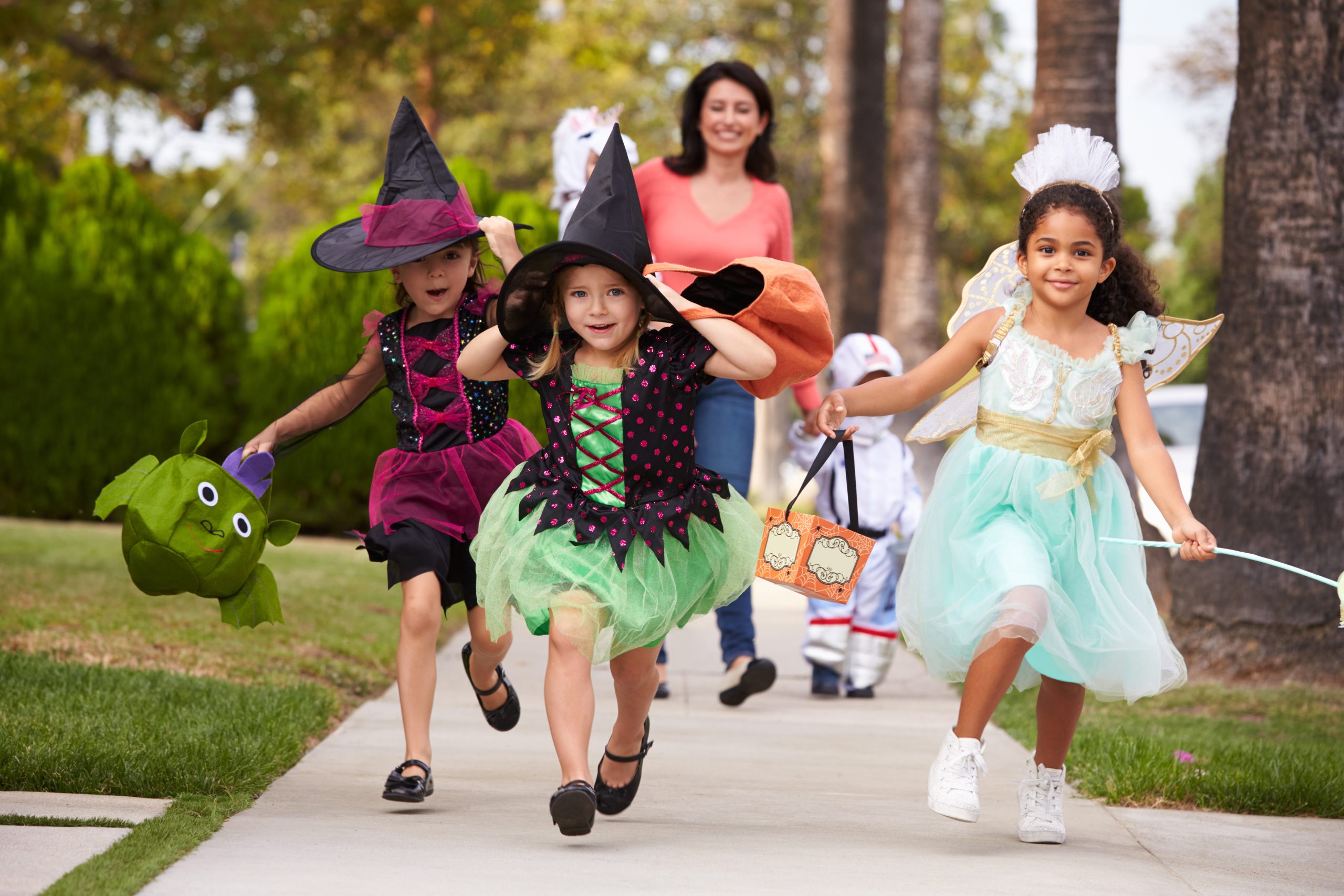Halloween is a time for dressing up, tricking, treating, candy, and more candy, but there are basic rules for parents and children to follow that also make Halloween safe.
12% of trick-or-treating children are under 5 years old and are permitted to go without parents, increasing danger for themselves and motorists. On Halloween, young pedestrians are two times more likely to be killed by motorists than any other day of the year, which is why children under 12 years old should be accompanied by an adult. Older children should plan a route, tell their parents, and stick to that route.
Children’s safety is enhanced if they stay in well-lit areas, trick-or-treat in groups, stay on sidewalks or other paths, obey traffic signals, cross at corners, and watch for vehicles turning at intersections. Pedestrians should look left, right, and left again before crossing a street.
Since most trick-or-treaters walk in residential areas, they should remain aware of vehicles moving into and out of garages or driveways. Making eye contact with a motorist is the best way to ensure safe walking.
Costumes create another hazard because they can be easily tripped over or become caught if they are long or billowing. Masks also can impede vision, which is why face paint is recommended as a substitute.
Wearing a light-colored or reflective costume allows motorists to see trick-or-treaters. If a costume is not light colored, reflective tape, light sticks, or flashlights are a good idea.
Adults should be aware that children are outside by driving with added caution, eliminating distractions, such as phones, and refraining from driving if they are drinking alcoholic beverages.
Once children arrive home with their Halloween haul, parents should examine candy and other items by following a simple rule: when in doubt, throw it out. Even though package tampering does not happen often, parents should monitor candy for unusual appearances, pinholes or tears in wrappers, unwrapped items, and homemade goods (unless you know who gave them to your child.) Parents should also ensure that children only keep commercially wrapped items. For small children, choking hazards, such as small toys, hard candy, gum, and peanuts should be avoided. And, in the days after Halloween, parents should enforce portion limits on children.
By following these basic rules, Valley Children’s Hospital believes Halloween will be safe, fun, and delicious for children and much less frightening for adults.



